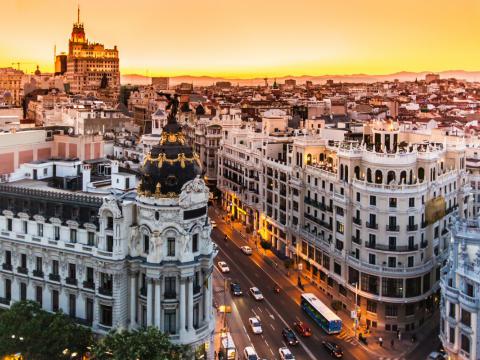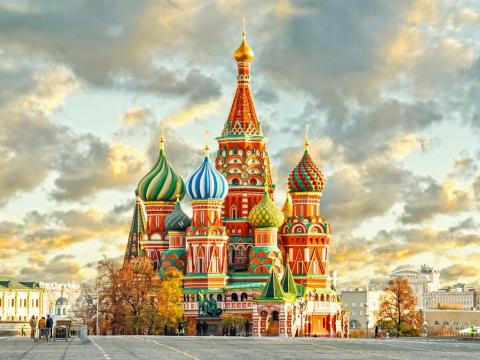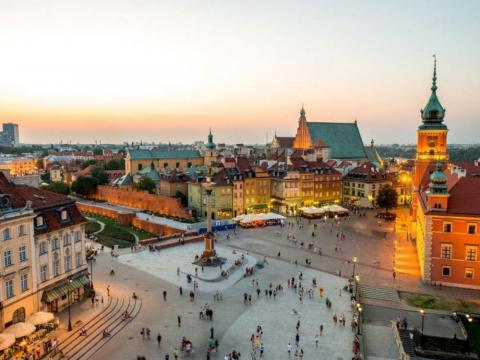Montenegro in a Nutshell
Montenegro (Montenegrin: Crna Gora, Црна Гора) is a Balkan country on the Adriatic Sea with a population of 680,000 people. It gained independence in 2006, making it one of Europe's newest countries. Montenegro's infrastructure has significantly improved since independence, with numerous five-star hotels, glitzy new cities, and investments in highways, power, water, and sanitary pipelines.
Montenegro has existed as a political body since the 11th century. It was founded as a state under its current name in the 15th century, following in the footsteps of the Slavic state of Duklja. It was able to keep its independence during the Ottoman Empire's reign in the Balkans because its independence was acknowledged at the Congress of Berlin in 1878. It served on the side of the Allies during World War I. In 1929, it was incorporated into the Kingdom of Serbs, Croats, and Slovenes, which became the Kingdom of Yugoslavia. Montenegro was a part of different incarnations of Yugoslavia until it regained independence from the Serbia-Montenegro union following a referendum in May 2006. During the 1990s wars, Montenegro was the only republic of the former Yugoslavia to support Serbia.
Montenegrin is the official language. It is almost identical to Serbian, Croatian, and Bosnian. Albanian is widely spoken in municipalities with an Albanian majority (Ulcinj) or a substantial minority (Plav, Gusinje), as well as the Malesia district in Podgorica municipality. Slovenian and Macedonian can also be spoken. Despite the fact that their languages are nearly similar, people differentiate between the Montenegrin, Serb, Croat, and Bosniak ethnicities, with Montenegrins constituting a small plurality. Montenegrin can be written in both Cyrillic and Latin scripts. Latin text is much more prevalent in Montenegro than in neighboring Serbia and the Serbian section of Bosnia and Herzegovina.
Many people in Podgorica and the surrounding area speak English, but this is not always the case in the north. Some elderly people have a working knowledge of German. Italian is also very useful, particularly along the coast. Russian, which also belongs to the Slavic language family, is spoken by many older people since it was a compulsory second language during the communist period, though it has been increasingly supplanted by English among the younger generation. The tourism industry along the coast, on the other hand, would cater to Russian speakers.
Last modified on 04/25/2021 - 11:26
Towns
Currently there are no places in Montenegro.
Currently there are no articles about Montenegro.
Currently there are no trip reports about Montenegro.
Currently there are no photo of Montenegro.
Currently there are no videos of Montenegro.





